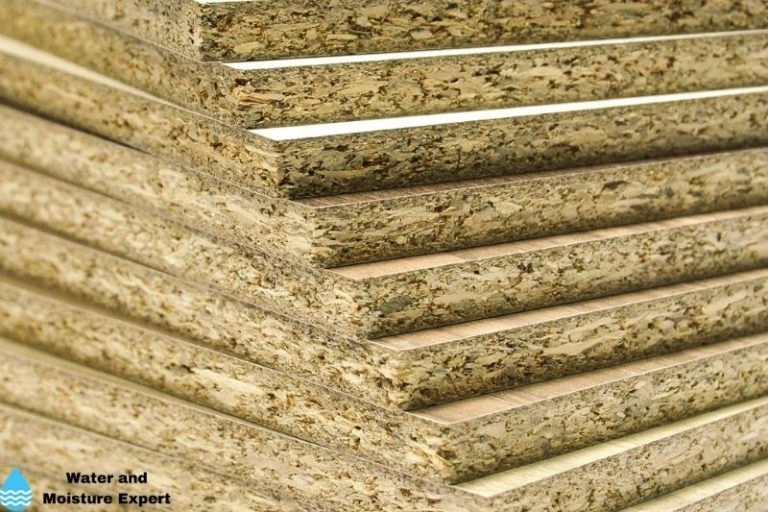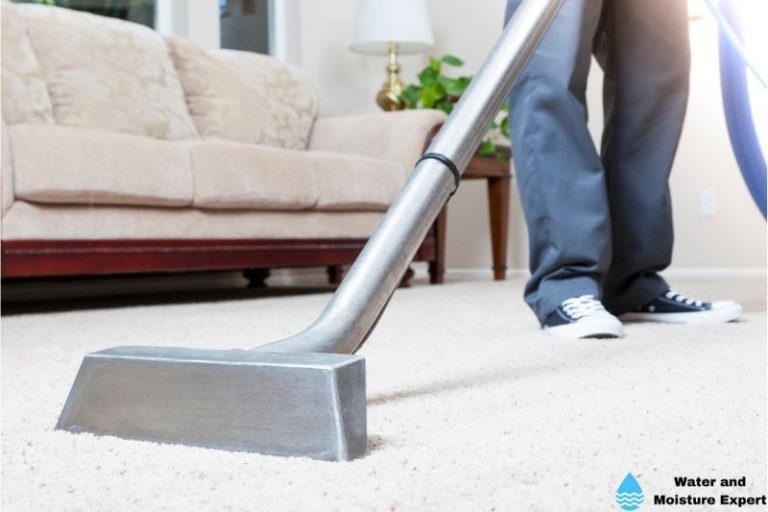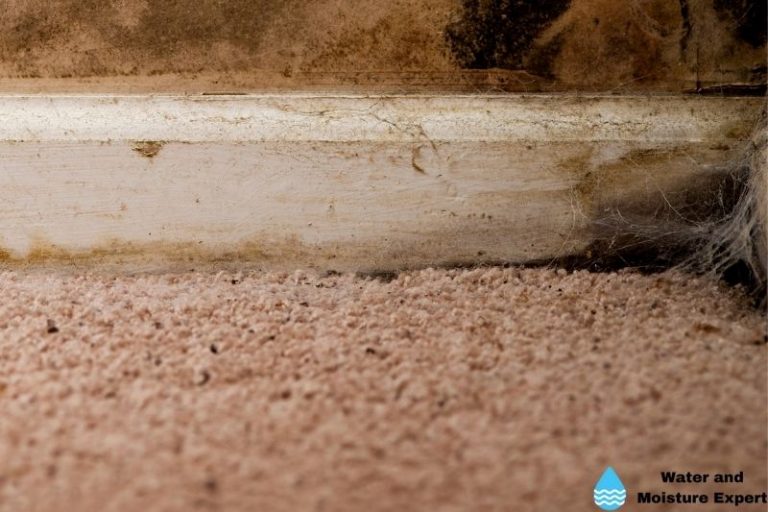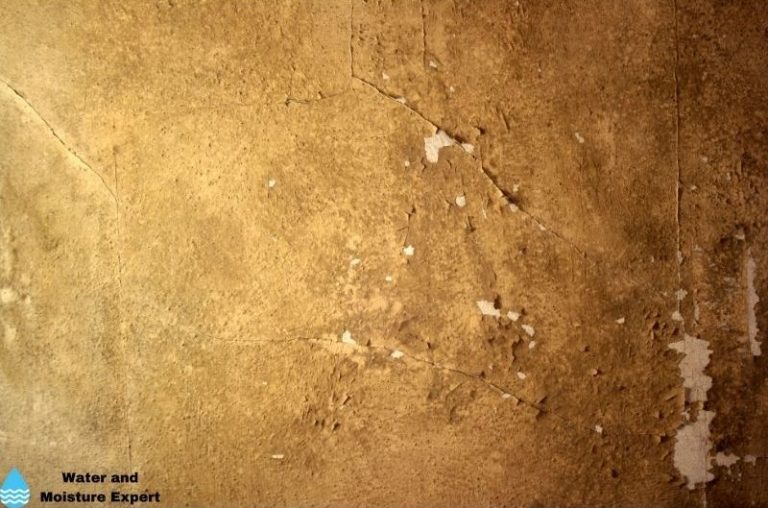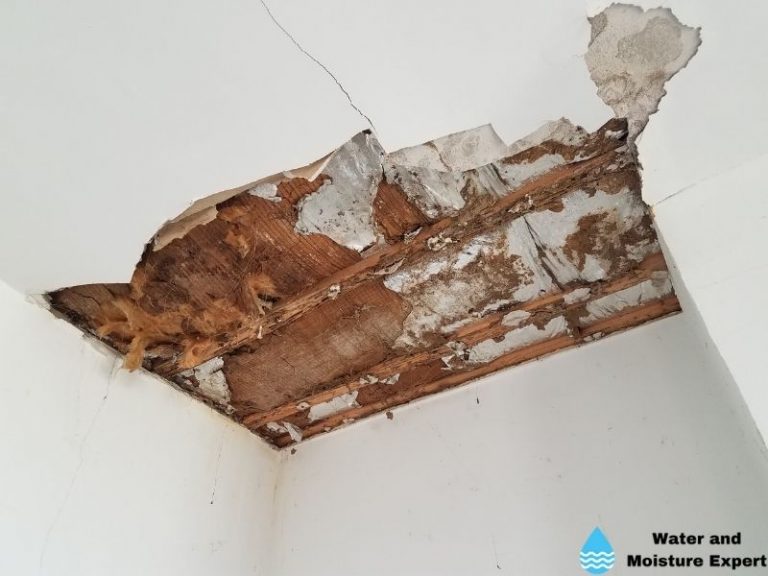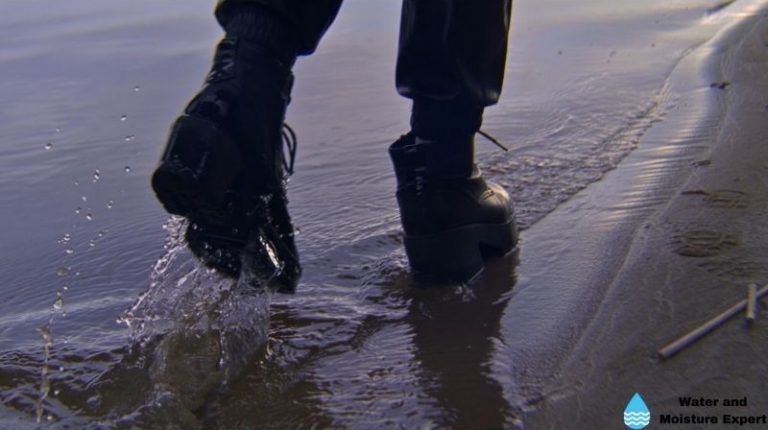Water Damage from Roof Leak. Tips from Professionals
Water Damage from Roof Leak. Tips from Professionals
The roof is the intermediary between your home’s interior and exterior. Besides protecting you from harsh weather climatic conditions, it also enhances the value of your home and ensures energy efficiency. For these reasons, homeowners pay adequate efforts in keeping their roofs in the best shape all the time.
Missing or damaged shingles are one of the leading causes of roof leaks. Age and roof vents are the other causes of a roof leak. Always try to fix the leak as soon as possible to minimize mold, insect infestation, weak structures, and stained drywalls issues. Mold can start in 24 to 48 hours in perfect circumstances.
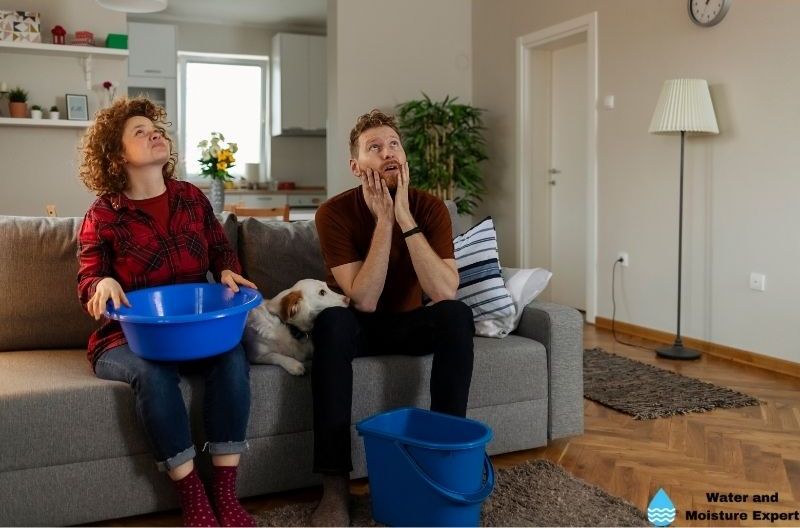
In this blog post, I will show the most common causes for a roof leak in your home. Also, how to find a roof leak and prevent water damage. I will also answer some questions I often get.
Contents
- 1 What Causes Roof Leaks in Homes?
- 2 How to Find A Roof Leak And Prevent Water Damage
- 3 Stop the Leak Temporarily as You Wait for An Expert
- 4 Contact a Roofing Contractor to Fix the Roof
- 5 Can A Roof Collapse from A Leak?
- 6 Signs That Your Roof Is on the Verge of Collapsing
- 7 What to Do If Water Leaks Through the Ceiling
What Causes Roof Leaks in Homes?
Roof leaks aren’t a strange occurrence in most homes. These leaks allow water to pass through the roof into your home, resulting in significant damage to your property. If you have recently experienced roof leaks, it may be as a result of:
● Roof Leak Causes: Age
Roofs, like human beings, have a lifespan. As this lifespan draws near, you are likely to experience leaks. You can expect a lifespan of more than 50 years for a roof made from slate, tiles, or copper. If your roof is made from wood shake, you can expect a lifespan of 25 to 30 years. Asphalt, Cement, or composite shingles will last from 15 to 25 years.
If your home has severed you for an extended period, and the roof has been leaking recently, it is probably because of age. An old and worn-out roof is vulnerable to leaks due to constant contact with direct sunlight that wears out the materials used. If you plan to stay in the home longer, you should replace it to protect yourself from the potential water damages.
● Roof Leak Causes: Missing or Damaged Shingles
Faulty or missing shingles are another possible cause of roof leaks. These issues with shingles mainly indicate an old and worn-out roof that needs immediate replacement. After several years of service, shingles may begin to curl, lose their granules, and crack. In the end, they become incapable of protecting the roof optimally. The results are the water leaks that you see on rainy days.
● Roof Leak Causes: Roof Vents
Any penetrations on the roof, no matter how tiny, can result in leaks. It would be great to inspect the vent pipes’ gaskets for gaps, cracks, and missing nails. If any of these issues are present, you should rectify them immediately.
● Roof Leak Causes: Storm damage
Storm damage is another common reason for roof leaks. Strong winds can lift tiles or shingles, and water only needs to tiny gap to enter your house.
● Roof Leak Causes: Other Factors
Besides the earlier mentioned factors, your roof may also leak due to a slope, holes, excessive moisture, and flashing. Debris that your roof accumulates over the years may also cause it to leak. Additional causes of roof leaks include ridge cap and gutter back up.
How to Find A Roof Leak And Prevent Water Damage
Roof leaks can quickly escalate from a minor to a major issue and eventually cause unimaginable damage to your home. The damage can happen both inside and outside the house, with some of the effects being:
- Stained and ruined drywalls
- Mold
- Insect infestation
- Weaker structure
I recommend monitoring your roof for any leaks often. Particularly after strong winds, a storm or a lot of rain. The faster you identify the leak, the better, safer, and cheaper it is for you. If you have a lot of DIY knowledge, you can fix the problem yourself. In other cases, it is advisable to hire a professional roofer to repair your roof to prevent repetitive leaks and damages. You can take some time to identify the source of the leak and try to salvage the situation. As in the latter case, DIYing can keep you and your property safe as you wait for a professional roofer. These are some of the ways of locating a roof leak as a measure to safeguard your home from water damage.
● Investigate the Home Interior for Any Signs of Water Damage
It is common to notice the signs of roof leaks from the home interior. While water dripping from the ceiling during the rainy season may be the most famous sign, a leaking roof may also present gradual symptoms. Water stains on the walls and ceilings, for instance, indicate a leaking roof. Your investigating of these stains should include determining the size of the stains and the speed at which they spread. Some practical ways applicable at this point involve taking images of the stain with your phone and outlining them with a pencil. The presence of mold or mildew smell is also an indicator of the existence of unsuitable moisture around.
● Proceed to the Home Exterior for Signs of a Leaking Roof
After checking inside your home for all signs of a roof leak, you should proceed outside for the same indicators. Some of the possible signs include discolored or sagging soffits and fascia. If possible, you can safely climb onto the roof, where you should pay attention to sections that feel spongy or soft under your weight.
Some weather events such as hurricanes and storms precede roof leaks. Thus, it would be helpful to monitor your home for any signs of leaks after these events. If you experience roof leaks after a freeze, then ice dams are the cause of your leaking roof.
● Identify and Document the Source of the Leak
From the above steps, it is possible to identify the cause of water intrusion into your home. Before proceeding to the roof, there are some easily accessible points inside the house that you should consider. These points include the crawl spaces, utility closet, and attic, which you can examine using a bright light. When doing so, pay attention to soft spots, puddles, mold, among other signs capable of leading you to the source.
If you go to the rooftop, begin by checking stained spots or those with dripping water. The most vulnerable culprits include dormers, vents, and chimneys. Moreover, it would be best if you also looked for missing or damaged shingles, spots that feel spongy under your feet, mold, and discolored wood or felt. Always prioritize your safety and contact a professional if you feel unsure or unsafe.
I also would like to mention that leaks do not have to be close to where you discover the water damage. Water can cover quite a distance. And it can also take some time to see the effects. Maybe the rain is long gone at that time. And I have seen small leaks from tiny holes or cracks, with enough rain and wind.
Stop the Leak Temporarily as You Wait for An Expert
Depending on the climatic conditions and their schedule, your roofer may take a while before they fix your leaking roof. In such cases, you should temporarily stop the leaking until you get permanent help.
- Remove debris: To prevent further damage, you should clear away the moisture as it accumulates. If there are any holes on the roof, begin by removing the debris close by and then use screws to temporarily patch and secure the tarp.
- Caulk: Caulk is an excellent short-term solution for damaged seams around soffits and vents. A replacement must be done in the case of faulty boots and vents.
- Remove furniture: If the inside of your home is dripping, you can use buckets to collect the water. Besides, you should store away carpets and rugs and keep the furniture safe from moisture while using fans and dehumidifiers to eliminate the moisture around. The latter is also an ideal way of reducing the risk of mold.
- Speed: Despite your plans for the roof, whether a replacement or repair, it is impossible to ignore a leaking roof. The damages of a leaky roof can result in great damages in the least time and eventually call for costlier repairs and replacements on the property.
Contact a Roofing Contractor to Fix the Roof
If you are unsure how to fix your roof, you should ask a professional for help. Proper care and maintenance of the roof are vital in enhancing your home’s longevity. No matter how small, water leaks can cause immense damages to your room and the entire home. The best thing to do when you identify roof leaks in your home is to call a roofing contractor to fix the roof.
Can A Roof Collapse from A Leak?
A roof leak is an indication that there is water pooling between your ceiling and the roof. This pooling water exerts additional weight and pressure on the beams, insulation, and drywall, causing the roof to sag and droop. Depending on the amount of pooling water and the period you leave it unattended, your roof can eventually collapse due to the leak.
Another reason to be careful is when the leak is much older and damaged roof beams. If wood is starting to rot, it will become weaker over time, and this can finally result in a roof collapse.
Signs That Your Roof Is on the Verge of Collapsing
At this point, you are aware that a leaking roof is a great danger to yourself and your home. It can collapse the roof and result in severe injuries and unimaginable property damages. To stay safe at all times, you should instantly attend to roof leaks immediately you notice them. In the event of a collapsing roof, you should look out for:
- Cracks in the ceiling or interior walls
- Leaks
- Sagging
- Unusual popping and creaking sounds
- Previously practical doors and windows were no longer cooperative
- Misaligned sprinkler heads
- Ripples or bends in the roof support
Besides collapsing the roof, leaks may also result in:
- Compromised structural integrity
- Fire hazards in cases where electrical wiring is located in the ceiling or attic
- Wasted energy results in higher utility bills
- Mold and mildew which are harmful to human health
- Ceiling and attic damages
What to Do If Water Leaks Through the Ceiling
When water leaks through the ceiling, damage control should be your priority in the event of a leaky roof. If the water is leaking through the ceiling, you should apply the following guide:
- Step 1. Contain the water: Find a way to contain the water. You can use adequate waterproof containers to collect the dripping water.
- Step 2. Protect furniture: Cover or move the furniture to safety
- Step 3. Remove the water: Soak up water on the floor
- Step 4. Drain the water: Make a tiny hole to drain the water down to prevent it from pooling up on the ceiling and weighing it down.
- Step 5. Fix the roof: Fix the leak in the roof. If you are unsure how to do this, call a professional roofer to handle the source of the leak and ceiling.
The roof plays a significant role in keeping everyone safe from harsh climatic conditions and intruders. It also enhances the home’s value and ensures energy efficiency in the home. However, no matter how minor, common roofing challenges such as leaks can have immense effects. To stay safe and enjoy the optimum benefits of a perfect roof, you must adequately check and fix the leak. If you are unsure how to do this, hire a professional roofing service to repair leaks and other underlying issues. Moreover, I recommend checking the home for any leaky and collapsing roof signs and taking immediate measures.

